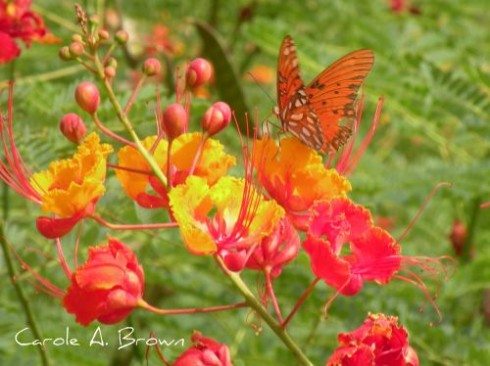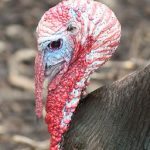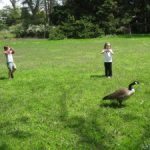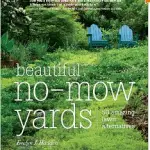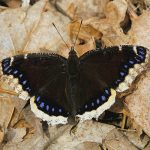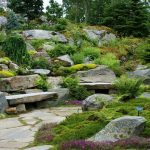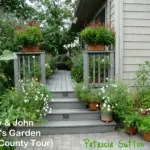Perhaps you haven’t noticed, but there’s a beautiful logo that greets all visitors to Ecosystem Gardening. And if you have, I urge you to take another look.
“Create Wildlife Habitat. Protect The Environment.”
Individually they are just words, connected they become two sentences that rally the ideals of conservationists, and together they form a powerful set of observations that in the realm of science has progressed from a mere hypothesis to theory to law.
And by that I mean there are currently no known exceptions to this rule; it’s a statement of fact. But once you move past the words the picture comes to life and I swear I can see the insects , birds, reptiles, amphibians, and mammals moving amongst the grasses.
Harmony.
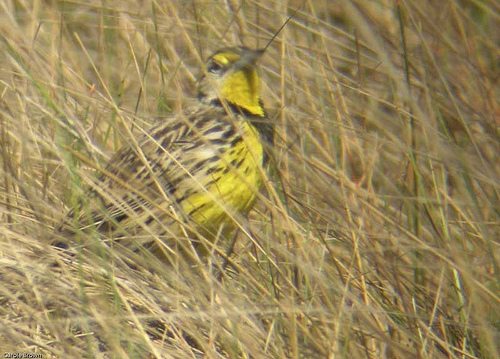
But since science tends to avoid absolutism, I am all about gathering more data to lend credence and support to this law of nature.
And that’s why all of us become ecologically relevant.
Human activities seem to be synonymous with habitat fragmentation
Clearing forests for timber, converting grasslands to agricultural lands, breaking up shorelines to make room for a new hotel, or leveling rolling hills for the development of the latest neighborhood in your community all contribute to the division and loss of quality habitat.
As habitats become small island remnants of what used to be, native species are introduced to increased predation, limited space and competition with invasive species.
And as I recall from courses in ornithology, the growing number of small fragments are transformed into unsustainable population sinks characterized by high mortality rates and poor reproductive success. However, this consequence is not just applicable to birds but to all forms of wildlife and plant life.
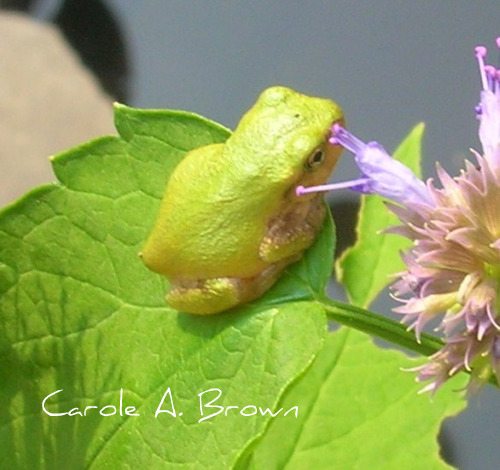
Therefore, protecting unfragmented areas of habitat are fundamental to conservation planning and ensuring sustainable wildlife populations.
Unfortunately, a complete utopian solution has eluded us thus far and we tend to find ourselves living within the confines of the past. Historically, and even to this day, there has been a general lack of conservation planning; it just wasn’t something we thought about to be honest as industry, population and technology rapidly progressed and cities expanded.
Although I think it is clear that we understand the importance of contiguous habitats in species survival, its implementation is often swept under the proverbial rug in favor of more buildings, houses and parking lots.
It is up to us to create wildlife habitat
In this sense, it is up to homeowners, businesses, tenants and all of us individuals to become the conservation planners in our communities and combat fragmentation.
This is why I, we and nature need your gardens, backyards and property.
Ecosystem gardening creates wildlife habitat, protects the environment, and caters to the biology of birds, insects, mammals, and so on.
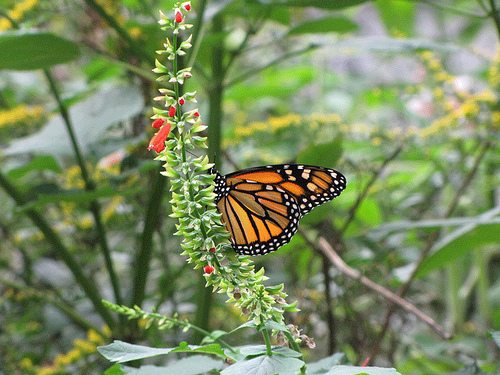
Individually our eco-friendly gardens may be an island refuge, but when linked together with other sustainable landscapes we effectively create much needed wildlife corridor routes. In the classic sense, these corridor routes provide a means by which animals may move with minimal resistance between two geographic locations.
But, on a local level corridors provide suburban, urban and rural passageways in which species can travel from one habitat to another or from one isolated fragment of original territory to the next. We cannot eliminate urban sprawl, but we can certainly try to mitigate the consequences.
As you may recall, I indicated that ecosystem gardening caters to wildlife biology. But it is much more than simply providing the basics; a place to quench the thirst of a butterfly, fill the crop of a visiting bird with seeds and berries, and provide shelter for you name it.
Properly planned gardens as wildlife corridors are essential to dispersal, habitat selection and migration. For example, dispersal is more than simply moving about in search of new territory, but includes:
- Local movements, such as daily foraging, called station keeping;
- Ranging, which is venturing outside the home range in search of mates and suitable habitat;
- And migration, which describes large scale movement across different habitats due to seasonal changes.
And with these complex and daily requirements it makes perfect sense that as species travel from place to place they need suitable resting points, food and water, nesting sites, shelter and the ability to safely traverse the all too common fragmented habitat.
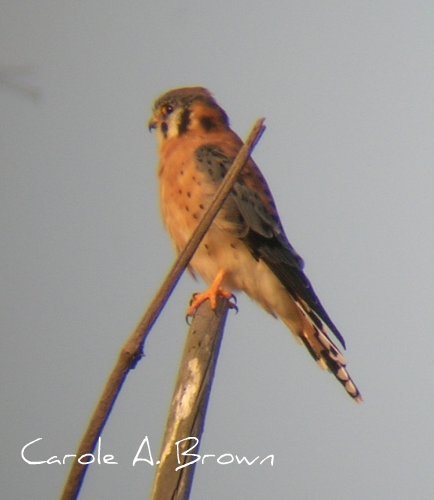
According to an article in the Proceedings of the National Academy of Sciences in 2008,
“Because movement among remaining patches is important to population persistence, corridors have been widely advocated as a means to maintain biodiversity and ecological processes in fragmented landscapes.” (C. S. Gillies and C. C. St. Clair, Riparian corridors enhance movement of a forest specialist bird in fragmented tropical forest. PNAS 105, 19774-19779)
So while we advocate for the protection of large contiguous habitats and official wildlife corridors, we as ecosystem gardeners can have a direct and positive impact on wildlife individuals, populations, and communities by helping to restore habitat that was lost.
Let’s spread the word and strive to become conservation planners whether we are in charge of an apartment patio, a suburban backyard, or a city park.
It’s about time we all become good wildlife neighbors.

